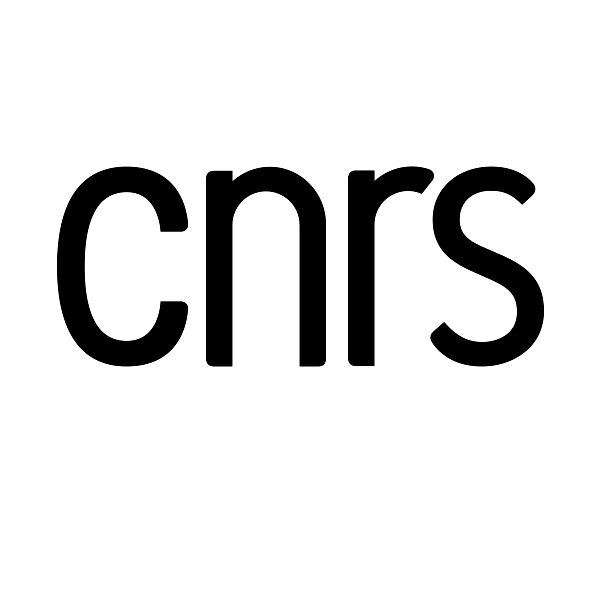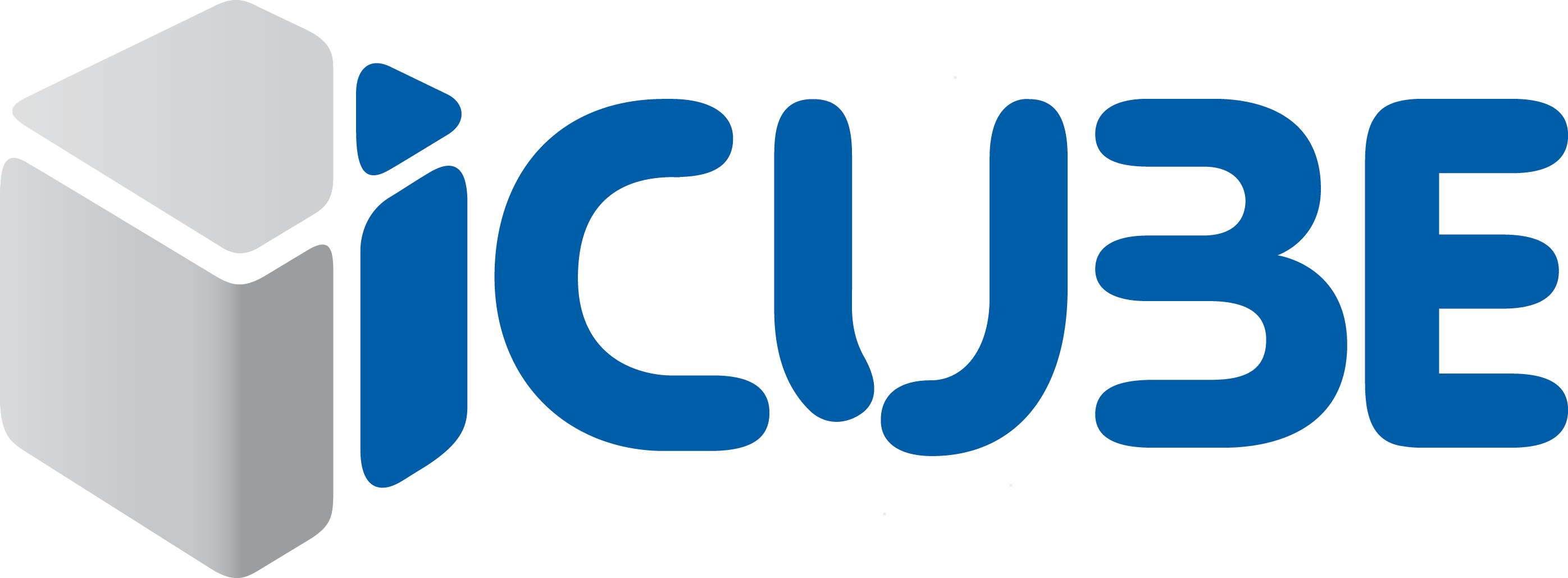Call for PhD application happens each spring.
New topics will be added soon: stay tuned and visit this page regularly !
Page contents
If you start a PhD in an ITI IRMIA++ team, we can offer you a financial help for your installation !
More information on the dedicated page.
Candidates recruited as PhDs will benefit from IRMIA++ funding and will have to follow the Graduate Program "Mathematics and Applications: Research and Interactions".







